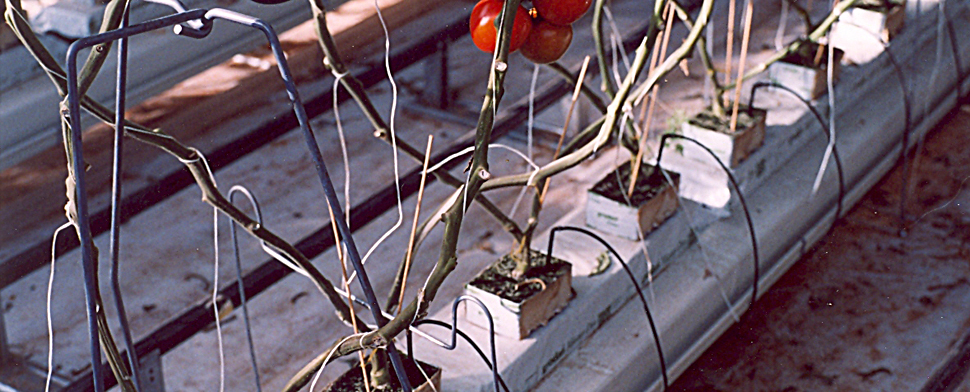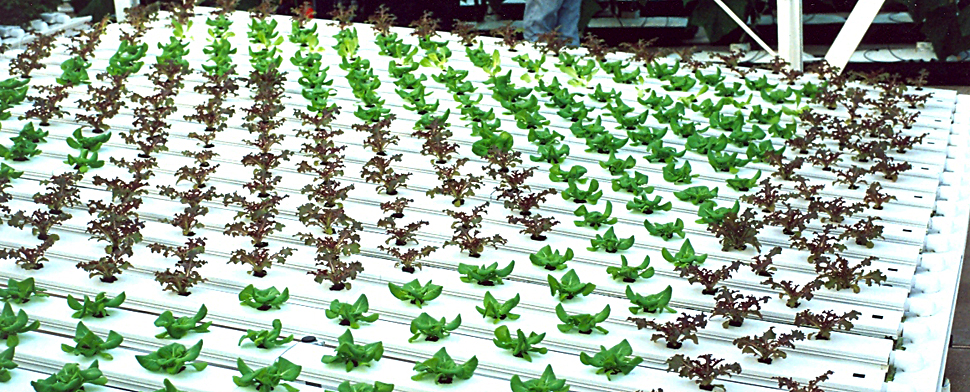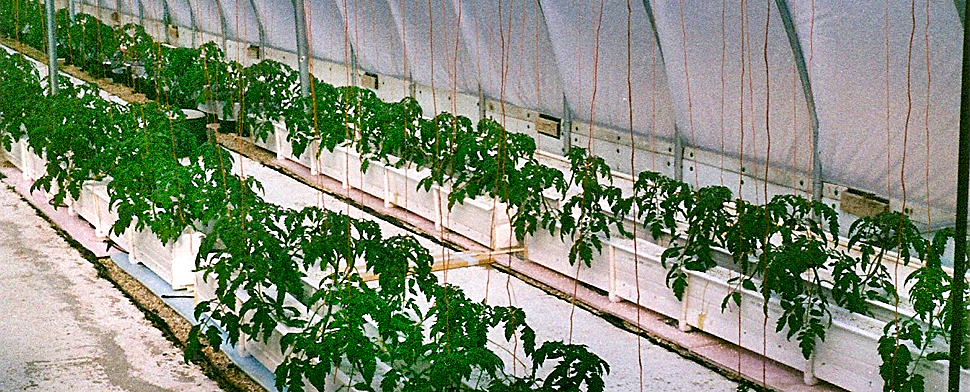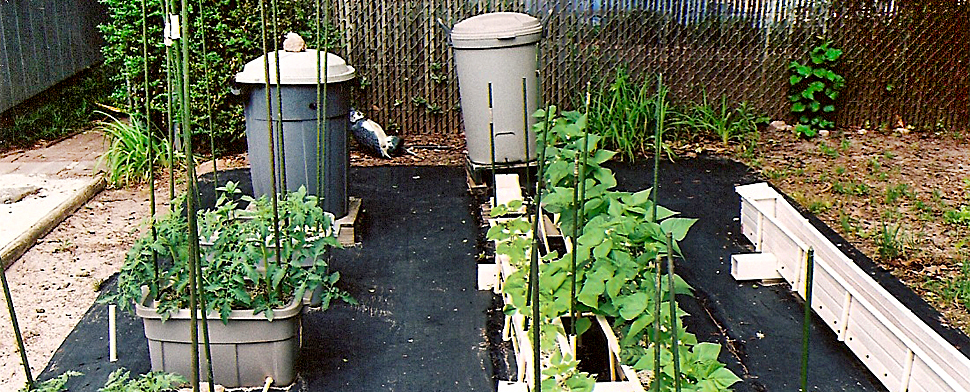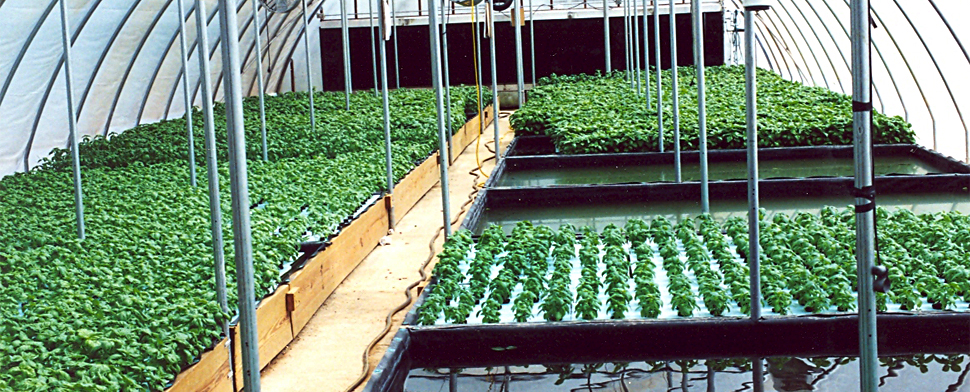Hydroponics has had a long history of development and use with varying commercial success. Today, hydroponics has a bright future. Unfortunately, few are engaged in method development, designing growing systems that can be used by the commercial grower as well as the home gardener. Hydroponics future lies in urban agricultural use, growing fruits and vegetables for local consumption. With the use of enclosed chambers, growth rooms and greenhouses, year round production is possible. The commonly used hydroponic growing methods are wasteful in their use of water and reagents needed to make a nutrient solution, and require a reliable source of electrical power, skilled use of nutrient solutions, and environmentally acceptable procedures for the disposal of leachates from the rooting medium and spent nutrient solution which are considered “hazardous waste.”
This website describes a hydroponic growing system that is energy efficient and totally utilizes the water and nutrient elements applied to the crop.
• all of the water and nutrient elements pass through the plant
• no runoff of water and nutrient solution
• no accumulation of elements as solutes or precipitates in the rooting medium
• no need to water leach the rooting medium
• no discarding of spent nutrient solution
• no electrical power required
• one nutrient solution formulation sufficient from all crops and stages of plant growth

